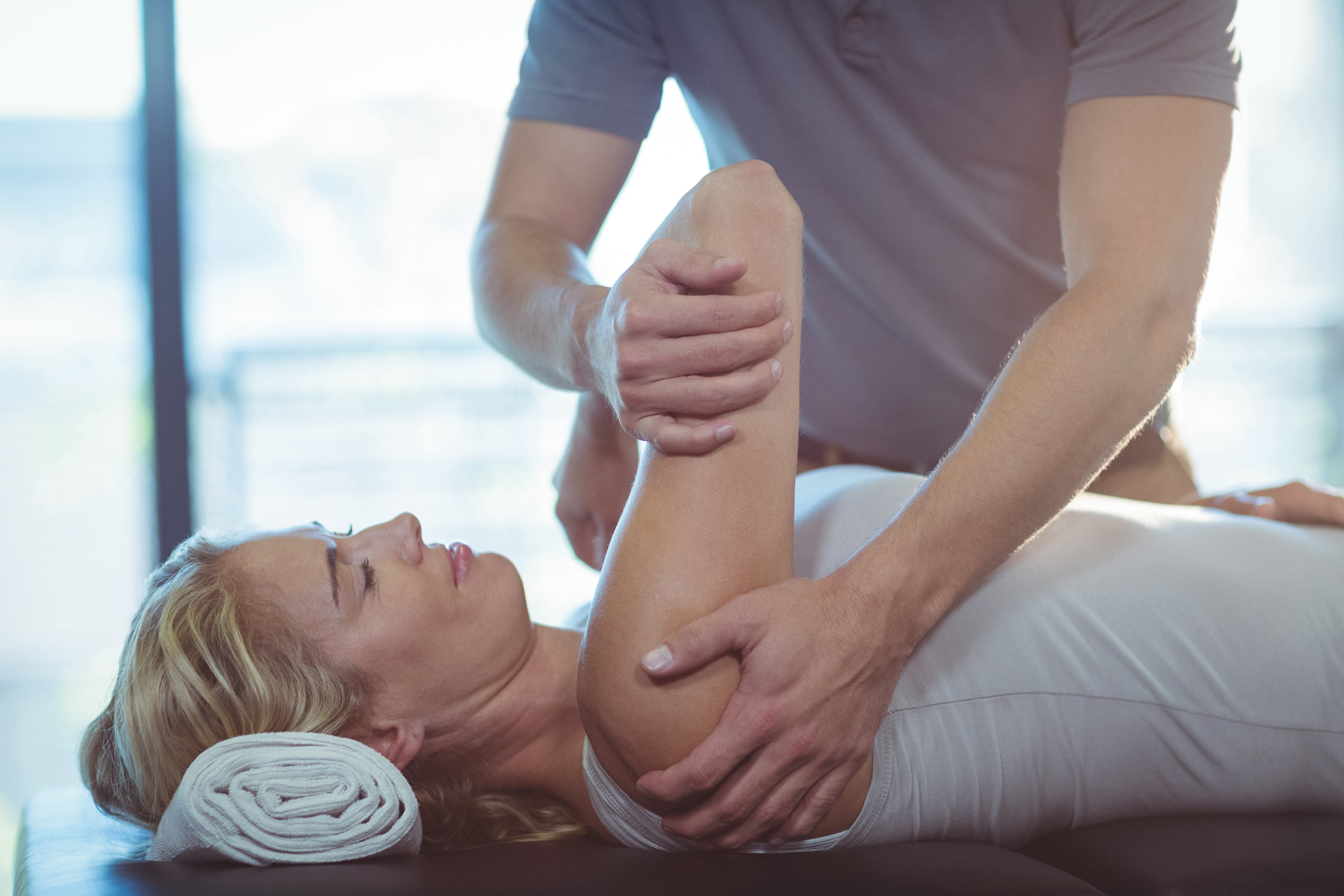SLAP Tears, Explained
SLAP is an acronym for “superior labrum from anterior to posterior.”
 The labrum is a piece of soft tissue that allows the shoulder socket to deepen to provide increased stability of the joint. This type of tear takes place on the superior, or top, portion of the shoulder where the bicep attaches. In fact, the bicep blends into this soft tissue. For this reason, a person with this type of tear can have both labral and bicipital symptoms.
The labrum is a piece of soft tissue that allows the shoulder socket to deepen to provide increased stability of the joint. This type of tear takes place on the superior, or top, portion of the shoulder where the bicep attaches. In fact, the bicep blends into this soft tissue. For this reason, a person with this type of tear can have both labral and bicipital symptoms.
What leads to a SLAP tear?
SLAP tears most commonly result secondary to a repetitive activity that wears away at the labrum. Traumatic events like falling on a hand/elbow/shoulder, lifting something thats too heavy, or a forceful overhead motion. Additionally, any bicep pathology can lead to a SLAP lesion due to the biceps insertion to the superior labrum.
Common Symptoms
- Dull aching of the top of the shoulder, especially with overhead motions
- Painful clicking of the shoulder with range of motion
- Decrease range of motion
- Pain near the bicep
Surgical Options
- SLAP Repair
- Arthroscopic repair of the labrum and ligaments using sutures and anchors
- Biceps Tenotomy
- Surgical release of the bicep tendon on the labrum
- Bicep Tenodesis
- Bicep tendon is detached from the larum and anchored onto the humerus.
Physical Therapy
Surgery or not, if there is a SLAP tear there needs to be a course of physical therapy. Physical therapy focuses on restoring proper motion to the shoulder, improving strength and endurance to the shoulder, and restoring proper coordination of the shoulder and the scapula.
Contact CSC+M today to book a physical therapy appointment in NYC to treat your SLAP tear.
